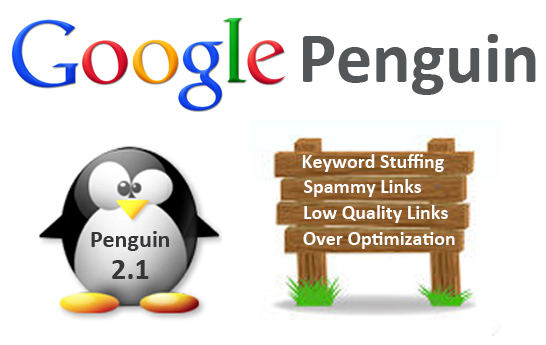“Search Engine Marketing” was once was used as an umbrella term to encompass both SEO (search engine optimization) and paid search activities. Over time, the industry has adopted the SEM acronym to refer solely to paid search.
At Search Engine Land, we generally use SEM and/or “Paid Search” to refer to paid listings, with the longer term of search marketing used to encompass both SEO and SEM. Below are some of the most common terms also used to refer to SEM activities:
Paid search ads
Paid search advertising
PPC (pay-per-click)
PPC (pay-per-call) – some ads, particularly those served to mobile search users, may be charged by the number of clicks that resulted in a direct call from a smartphone.
CPC (cost-per-click)
CPM (cost-per-thousand impressions)
Most search ads are sold on a CPC / PPC basis, but some advertising options may also be sold on a CPM basis.
SEM For Beginners
Google AdWords is by many measures the most popular paid search platform used by search marketers, followed by Bing Ads, which also serves a significant portion of ads on Yahoo.
Beyond that, there are a number of “2nd tier PPC platforms” as well as PPC advertising options on the major social networks.
In addition to covering general paid search trends, you can find the most recent news about SEM and helpful tips to get started with PPC ads on the major search marketing platforms below:
Google: AdWords
Bing Ads
Yahoo: Search Ads
Each platform offers its own getting started guides and helpful tutorials. Another beginner resource is Google’s Insider’s Guide To AdWords (PDF). Since the guide was last updated in 2008, the Google AdWords UI (user interface) has changed, along with several features, but the guide may still offer a useful introduction.
At Search Engine Land, we generally use SEM and/or “Paid Search” to refer to paid listings, with the longer term of search marketing used to encompass both SEO and SEM. Below are some of the most common terms also used to refer to SEM activities:
Paid search ads
Paid search advertising
PPC (pay-per-click)
PPC (pay-per-call) – some ads, particularly those served to mobile search users, may be charged by the number of clicks that resulted in a direct call from a smartphone.
CPC (cost-per-click)
CPM (cost-per-thousand impressions)
Most search ads are sold on a CPC / PPC basis, but some advertising options may also be sold on a CPM basis.
SEM For Beginners
Google AdWords is by many measures the most popular paid search platform used by search marketers, followed by Bing Ads, which also serves a significant portion of ads on Yahoo.
Beyond that, there are a number of “2nd tier PPC platforms” as well as PPC advertising options on the major social networks.
In addition to covering general paid search trends, you can find the most recent news about SEM and helpful tips to get started with PPC ads on the major search marketing platforms below:
Google: AdWords
Bing Ads
Yahoo: Search Ads
Each platform offers its own getting started guides and helpful tutorials. Another beginner resource is Google’s Insider’s Guide To AdWords (PDF). Since the guide was last updated in 2008, the Google AdWords UI (user interface) has changed, along with several features, but the guide may still offer a useful introduction.



